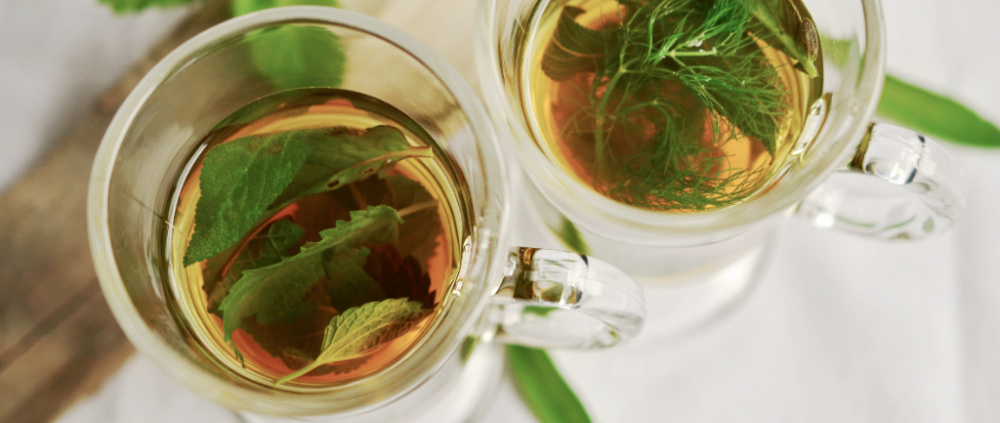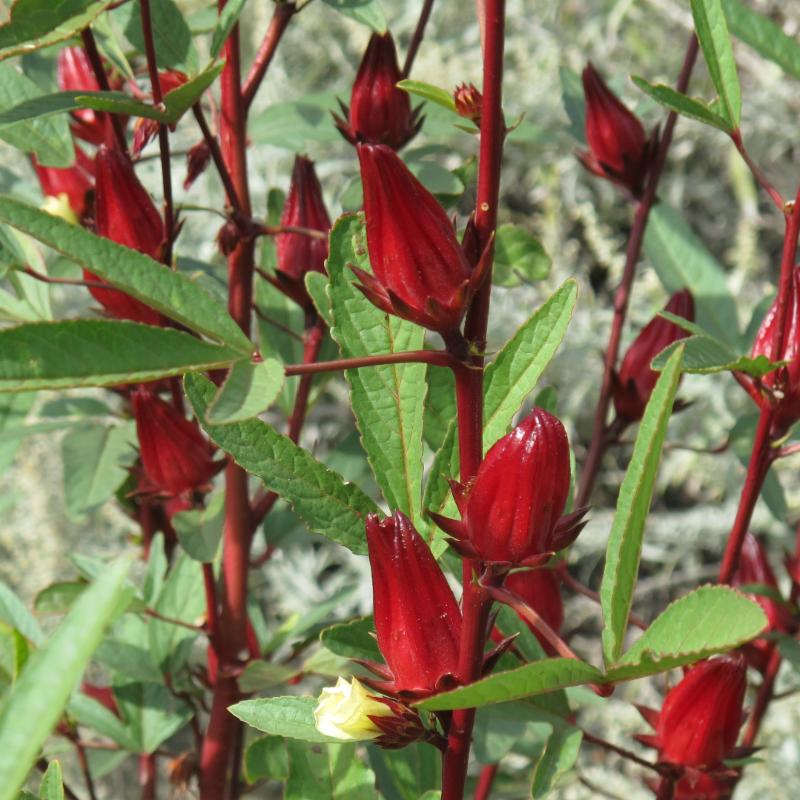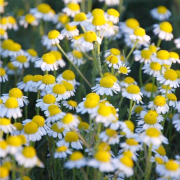We all love growing herbs in our gardens. It's wonderful to have them at hand when cooking, and it's so nice to enjoy their good looks, scents and flavors while wandering the garden, too. But there are really only so much herbs you can use while cooking on a day to day basis. Why not use up your herbal surplus by making herbal teas? Most herbs that are commonly grown for tea, like Rosemary, Lemongrass, Lemon Balm and Spearmint, can be steeped both fresh and dried, so be sure to plant enough to store for the colder months, when a hot cup of tea will warm you up and remind you of your garden while it's covered in snow.
We've featured some of our favorite herbs for tea below, from Chamomile and Lavender to sweet Stevia and Fennel. Consider adding some to your garden this spring!
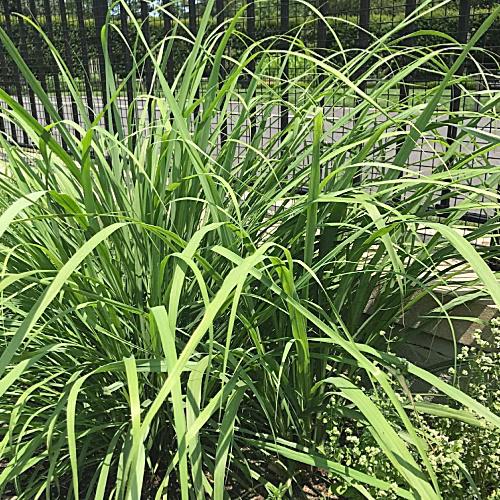
Cymbopogon citratus. A tropical, aromatic, tall-stemmed grass, Lemongrass is a tender perennial used in Asian cuisine, primarily Thai dishes. It's popular for tea, too. It has narrow, pale green leaf blades that grow in clumps; the shoots (enlarged leaf ends) are thick and fleshy and add a spicy flavor to curries and stir-fry. Imparting a delightful lemon scent and tangy lemon flavor, tender, new leaves may be chopped and added to sauces, soups, chicken and seafood dishes. Lemongrass is best raised as transplants sown indoors 8 to 10 weeks prior to setting out after the last spring frost date. Keep it well-watered during the growing season. Before the first fall frost, dig it up and grow it in containers inside over the winter!
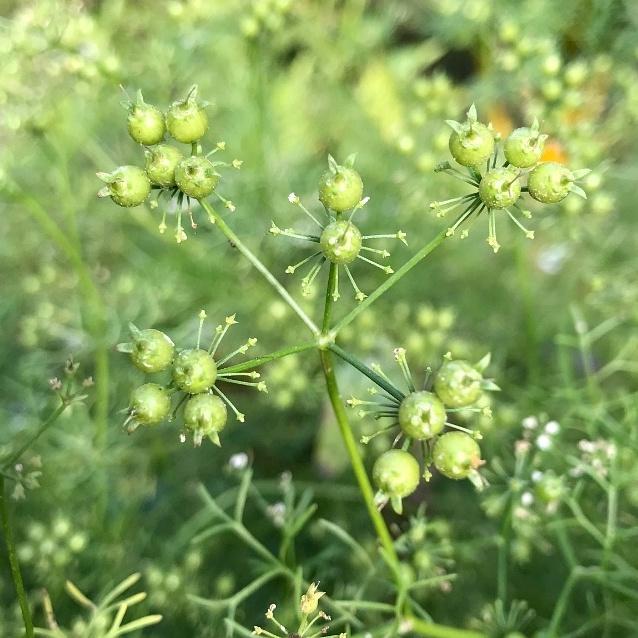
Coriandrum sativum. Did you know that if you let some of your Cilantro go to seed, its flowers are gorgeous? They're dainty and bright white, grow on stems up to 4 feet tall, attract a slew of beneficial insects, and are wonderful in bouquets. And if you let some of those flowers go to seed, you get Coriander! Win, win, win, win, win. Caribe is a delicious, improved Cilantro variety prized for its bolt-resistance and tolerance of summer heat, allowing it to last longer in the garden.
Hibiscus sabdariffa. Roselles are a tropical form of Hibiscus grown for their tangy edible young leaves and for their tart, deep red and succulent late season calyxes that can be made into wonderful juices, jams and teas. The calyxes have been consumed for years not just for their cranberry-like taste but also because they are said to be a natural treatment for high blood pressure. The plants themselves are also quite ornamental, growing up to 8 feet tall in warmer climates, with deep red stems, small red-eyed white flowers and, of course, the beautiful red calyxes.
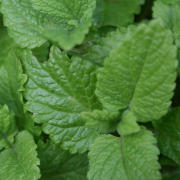
Melissa officinalis. A southern European heirloom, Lemon Balm is an easy-growing perennial with blue-green, large round leaves and a fresh lemon scent. It is a calming herb, used since the Middle Ages as a stress and anxiety remedy in soothing teas and, today, as a flavorful ingredient in lemon herb vinaigrettes. It is best direct-sown into the garden after the last spring frost date. Lemon Balm can grow up to 2' tall: crinkle its leaves between your fingers to engulf yourself in its heady lemon fragrance.
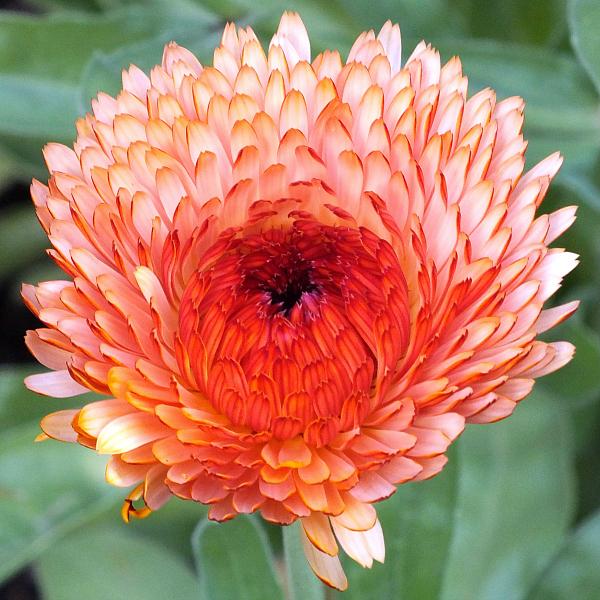
Calendula officinalis. This old-fashioned, edible flower is varying shades of orange and golden yellow; hence its nickname, Poor Man's Saffron. It adds color to soups, spreads, pasta and rice dishes. Individual petals may be beautifully strewn over frosty summer confections: we love to adorn our citrusy pineapple semifreddo with its delicate beauty. Sprinkle its petals into tea for its anti-inflammatory properties and wonderful golden color. It is said to soothe acid reflux and heartburn.
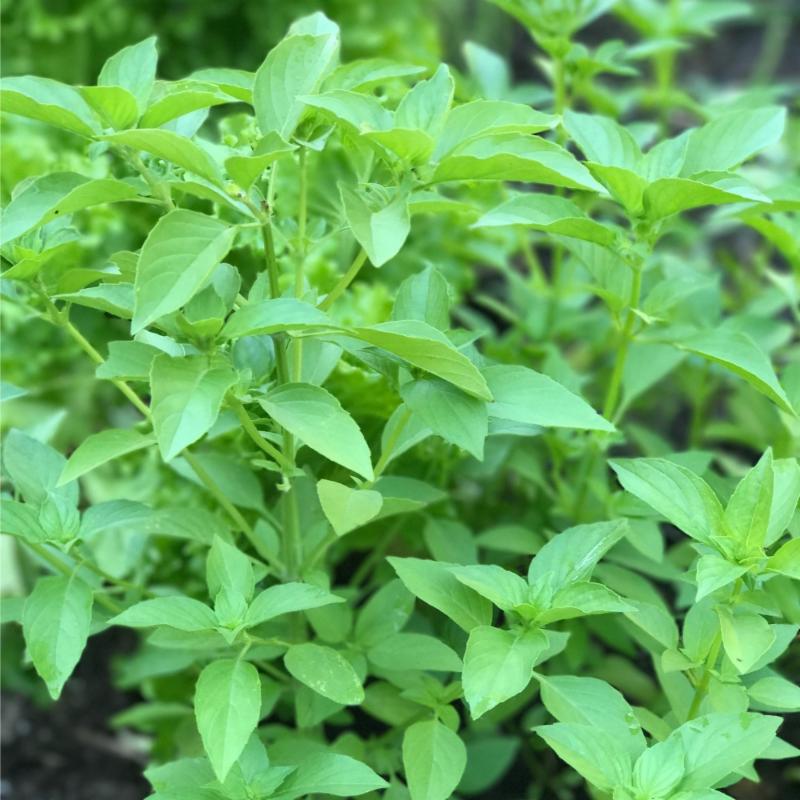
Ocimum citriodorum. Small leaves with a pungent, lemony scent adorn compact, mounding plants growing up to 24" tall. It makes an unusual spicy herb vinegar, or may be dried in sachets for your closets. It is an especially popular Basil for tea, with a wonderful citrus aroma. Also, Lemon Basil pesto is outstanding: use 1/3 regular Basil to 2/3 Lemon Basil. As with all Basils, direct-sow after all danger of frost has passed, spacing seed 1⁄2" to 1" apart in well-draining soil. Or, to start as transplants, sow seed indoors 6 weeks before the last frost date.
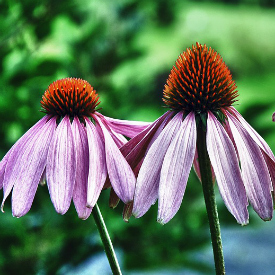
E. purpurea and E. augustifolia. A medicinal root used over the ages as a wound poultice, an immune system booster or a common cold treatment, our combination of Echinacea augustifolia and E. purpurea varieties is best and most economically grown for its roots. Over time, with just modest root harvest, its purple flowers are also a welcome addition to summer beds. Thriving in most soil conditions with full to dappled sunlight, Echinacea seeds should be soaked in tepid water for 24 hours prior to starting indoors at least 6 weeks before the last spring frost date.
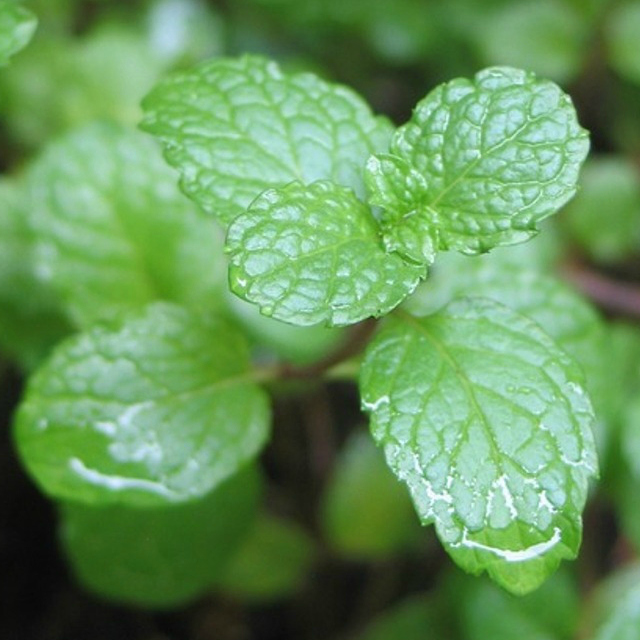
Mentha spicata. The most versatile and popular of the culinary varieties, Spearmint has spear-shaped, bright green leaves and purple flowers. The leaves are perfect for mint tea. We could give you detailed growing instructions but basically, this perennial (Zones 3-1) is hard to kill.
Matricaria recutita. This herb flavors sherry, is made into a popular hair rinse and induces relaxation. Chamomile is one hard-working plant! Diminutive daisies with prominent yellow centers are perky on stems growing to 2' tall. Broadcast-sow in fall or very early spring as freezing enhances germination. Dry flowers or use fresh in herbal tea, soothing to the stomach and the soul. Relax in a tub strewn with blossoms as a delightful skin-softening treat. Pollinating insects love the sweet, innocent blooms.
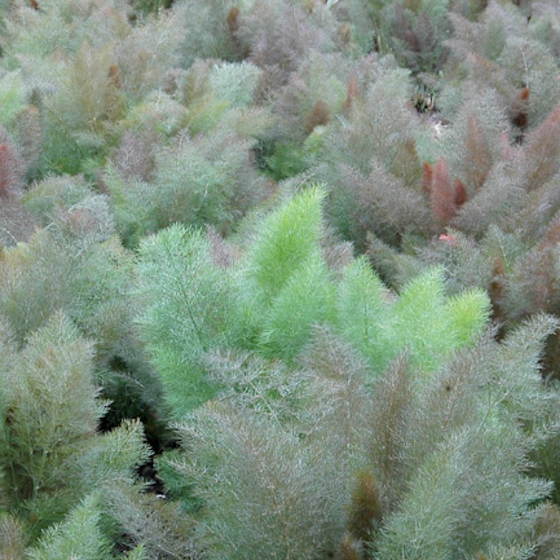
Foeniculum vulgare. Harvest young stalks of this beautiful, bronze and green, anise-flavored herb for soups, herb butters or salads. Dried Fennel seed has umpteen uses; chewing it or drinking it in tea sweetens the breath and the stomach. The ferny foliage and flowers are also a wonderful addition to bouquets. Fennel can be raised as transplants sown indoors 6 to 8 weeks prior to setting out after the last spring frost date, or direct-sown in mid-spring. This perennial (Zones 5-9) grows up to 3 feet tall before it sends up even taller stalks of yellow umbel flowers.
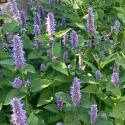
Agastache foeniculum. The gray-green leaves of this perennial (Zones 4-11) ornamental herb invite your touch as you pass it in the garden! This aromatic perennial has been grown for hundreds of years, and is wonderful in herbal teas! Its wonderful scent is strongly licorice with a touch of Mint - thus its nickname, Licorice Mint. Easily grown, Anise Hyssop may be started indoors 6 to 8 weeks prior to transplanting outside after the last spring frost date, or it may be direct-sown after the last possible frost date. This herb is not fussy about soil and needs no fertilizer.
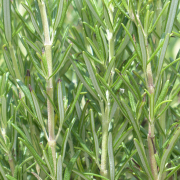
Rosmarinus officinalis. Rosemary is a versatile herb with a pungent flavor and a pine-mint scent. A stiff, upright shrub with dark sea-green, spiky leaves with silver under-sides, it pairs well with virtually all meats. It also makes an anti-inflammatory and antioxidant-rich tea. Make sure to dry some Rosemary for winter use. This sun worshipper is best raised as transplants sown indoors a whopping 12 to 16 weeks prior to setting out after the last spring frost date. (It could take 4 weeks to germinate.)
Monarda didyma. Low maintenance and drought-tolerant, our perennial (Zones 3-9) Bee Balm Mixture is comprised of upright pink, red, scarlet and crimson heirlooms with bergamot-orange-scented foliage that is a popular ingredient in garden teas. Loved by bumblers and hummingbirds, the frilly flowers are edible and lovely in fresh and dried bouquets. Easily grown, The Bee Balm Mixture should be direct-sown outside from early spring up to 2 months before the first fall frost date.
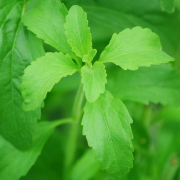
Stevia rebaudiana. Also known as the Sweet Leaf, Stevia is native to the mountains of Paraguay and Brazil. It is the natural, healthy alternative to sugar and artificial sweeteners, and is actually much sweeter than cane sugar! Dry the leaves (those harvested late in the season are sweeter) and grind them into a fine powder for use. Start transplants indoors 10 to 12 weeks before setting out after the last frost date. Sow seeds on top of soil mix, leaving the seeds uncovered but pressed firmly onto the soil surface, as light aids germination.
